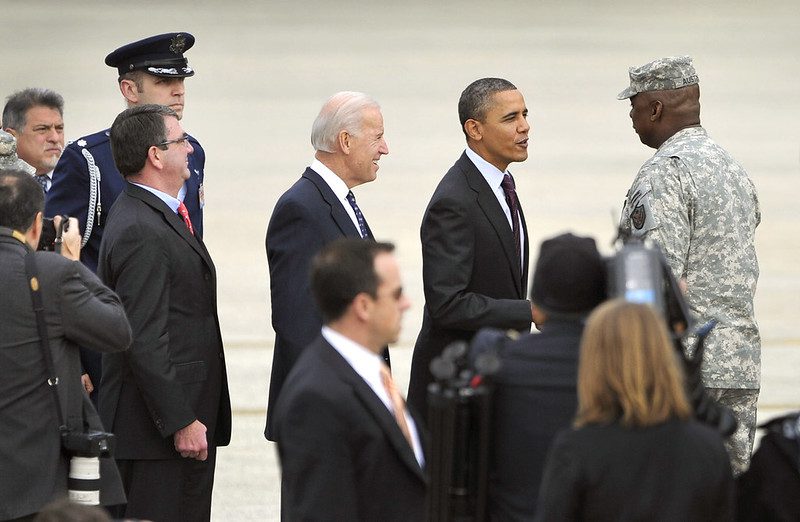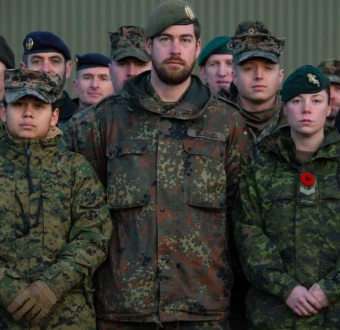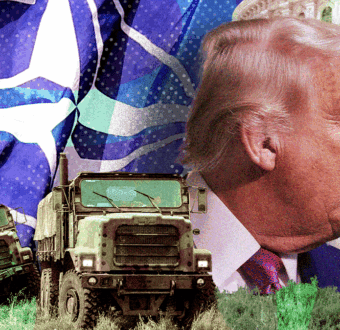Hamstrung: Sources of and Solutions for Political-Military Mismatch

By Kerry Chávez and J. Andrés Gannon
This article was published by the Modern War Institute at West Point on August 28, 2023*
In an interview with Le Figaro in 2009, Afghan President Hamid Karzai lambasted the United States’ inept military response—an airstrike—to a lone hijacked fuel tanker immobilized in a riverbed: “What an error in judgment! More than 90 dead all because of a simple lorry. . . . Why didn’t they send in ground troops to recover the tank?” Most of the casualties were civilians, drawing criticism that coalition forces were more intent on killing Taliban members than protecting the population.
Why didn’t they send in ground troops? This airstrike is illustrative of an apparent bias toward high technology in US warfighting. Such high-tech approaches are sometimes operationally inappropriate, failing to achieve or even retrogressing political objectives. We have repeatedly seen this play out in unconventional conflicts, where having troops on the ground to live with the population, provide security, and share risks is vital for winning hearts and minds in contests of political will. Yet high-tech approaches to war can also backfire in the complex operating environment of large-scale conflicts, when human perception, emotion, and motive may be more effective than sensors in distinguishing adversary from civilian (or even friendly operator).
Technology or Policy?
Scholars typically attribute this overreliance on high-tech uses of force to flaws in the military. Typecast as techno-fetishist, these approaches portray military leaders as swept up in the revolution in military affairs that promises to clear the fog of war and insulate soldiers from harm. These assumed biases animate many reproofs of the objective model of civilian control, which posits that elected officials make the political decision about when to use force and generals apolitically decide how to use it. Critics contend that, left alone, the military will forget or ignore that war is an instrument of policy, and instead pursue parochial doctrines, organizational interests, or military victory as an end in itself. Technology makes it even easier for military leaders to prosecute war without a clear or important political goal.
The implication is that civilians must intervene often in military operations to ensure that uses of force align with strategic and political goals. The recent open letter on best practices of civil-military relations published by eight former secretaries of defense and five former chairmen of the Joint Chiefs of Staff reinforces the necessity of this norm. Like most civil-military research, though, the letter fixes its corrective gaze on the military, sketching what it can and cannot, and should and should not, do. What about the civilians in civil-military dynamics? What about the effects of politics trickling across the civil-military membrane?
Read more of Kerry Chávez’s and J. Andrés Gannon’s article at the Modern War Institute at West Point.

Written by Kerry Chávez
Kerry Chávez is an instructor in the Department of Political Science and is a projects director at the Peace, War, and Conflict Lab at Texas Tech University.

Written by J. Andrés Gannon
Andrés is a nonresident fellow (2022-2023) with the Independent America project at the Institute for Global Affairs.
* The views expressed are those of the authors and do not reflect the official position of the United States Military Academy, Department of the Army, or Department of Defense.
This post is part of Independent America, a research program led out by Jonathan Guyer, which seeks to explore how US foreign policy could better be tailored to new global realities and to the preferences of American voters.





Why Big Tech’s push into military AI matters